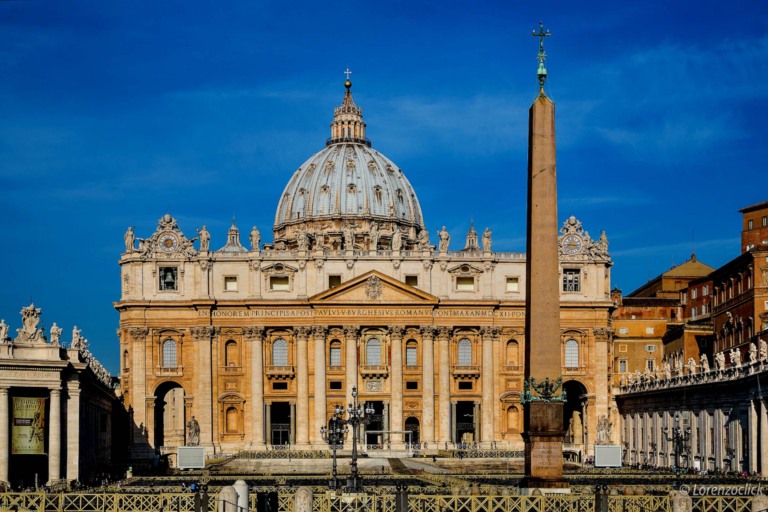
The history of Vatican City is a long and complex one, closely intertwined with the history of the Roman Catholic Church and the city of Rome itself. Vatican City, with its historical and cultural significance, is a UNESCO World Heritage Site and attracts millions of visitors from around the world annually. Today, Vatican City remains a unique entity, combining its religious and spiritual significance with its status as the world's smallest independent state. It is not only the spiritual heart of the Catholic Church but also a center for art, culture, and international diplomacy. Vatican City, officially known as the Vatican City State, is a sovereign city-state enclave within the city of Rome, Italy. It is the spiritual and administrative center of the Roman Catholic Church and serves as the residence of the Pope, the leader of the Catholic Church. Here's a detailed overview of the history of Vatican City:
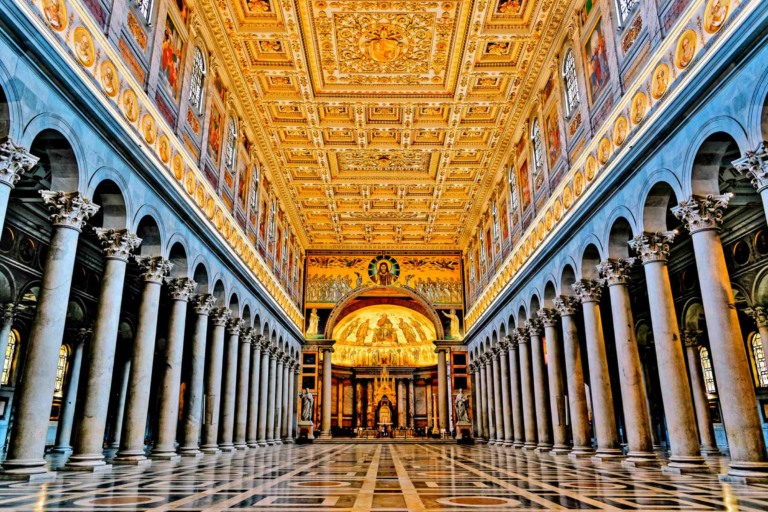
Historic Centre of Rome, the Properties of the Holy See in that City Enjoying Extraterritorial Rights and San Paolo Fuori le Mura. These three components together form the UNESCO World Heritage Site, recognized for the unique combination of archaeological treasures, religious landmarks, and historical importance they represent. Visiting these sites offers an opportunity to walk through centuries of history, witness some of the world's most remarkable architectural achievements, and experience the spiritual and cultural heart of the Catholic Church.
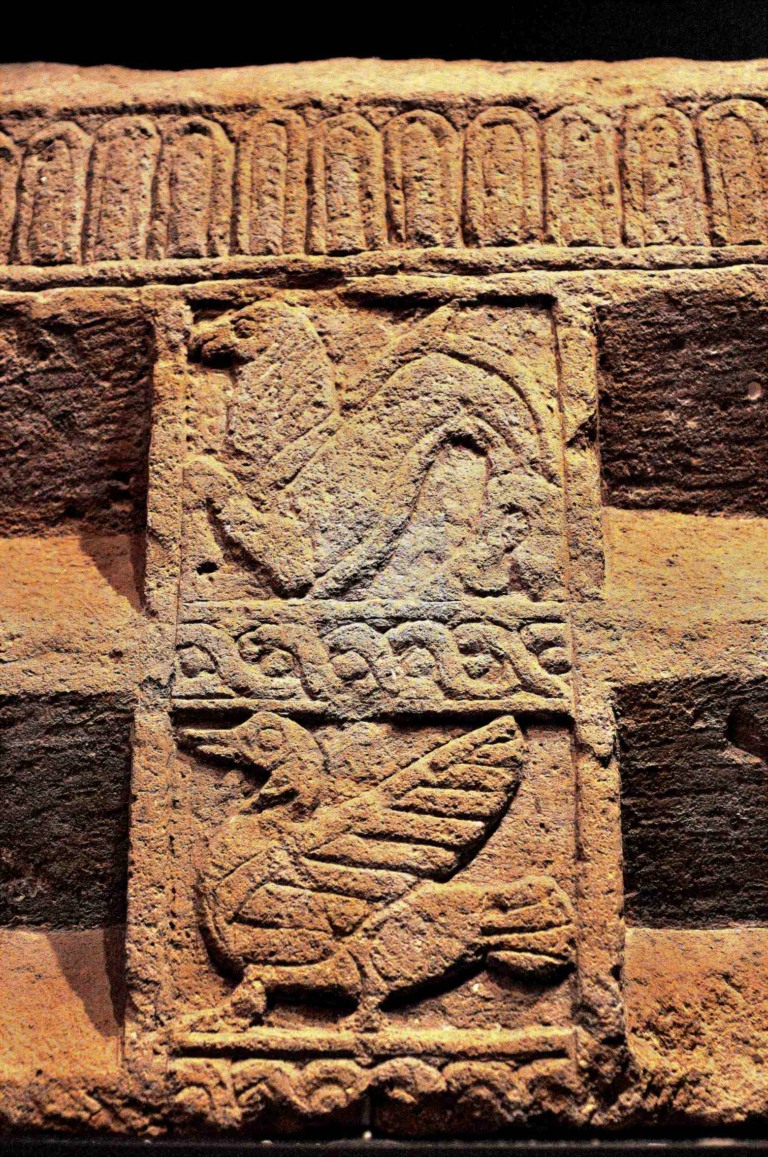
Etruscan Necropolises of Cerveteri and Tarquinia show how people were buried in different ways from the 9th century BC to the 1st century BC in Italy.
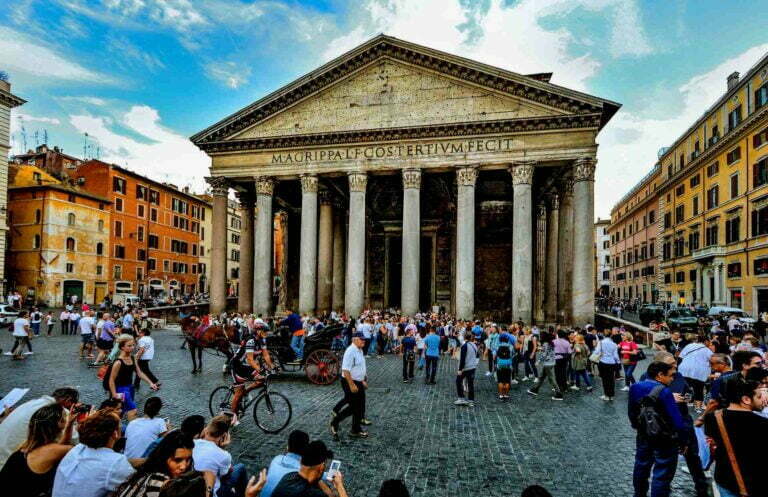
The Pantheon in Italy is one of the Roman buildings that has survived the best. Senator Marcus Agrippa built the Pantheon in 25 B.C.
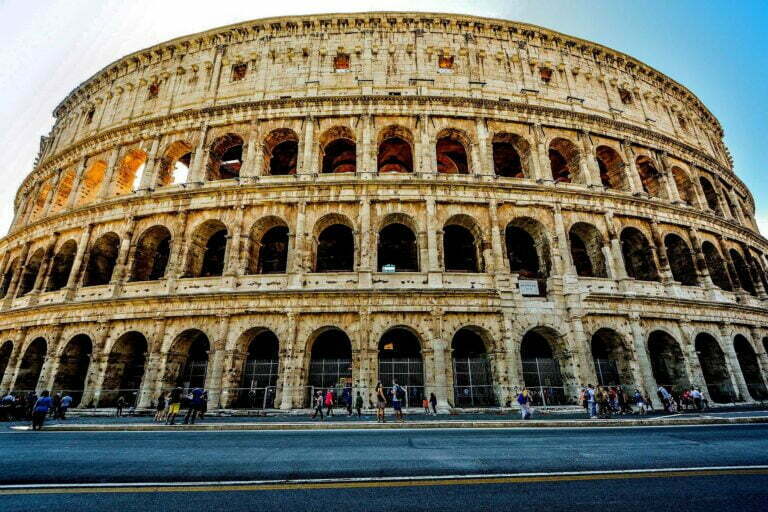
Roman Colosseum in Italy is an oval amphitheater that was built between 70 and 72 AD by Emperor Vespasian of the Flavian dynasty as a gift to the Roman people.




